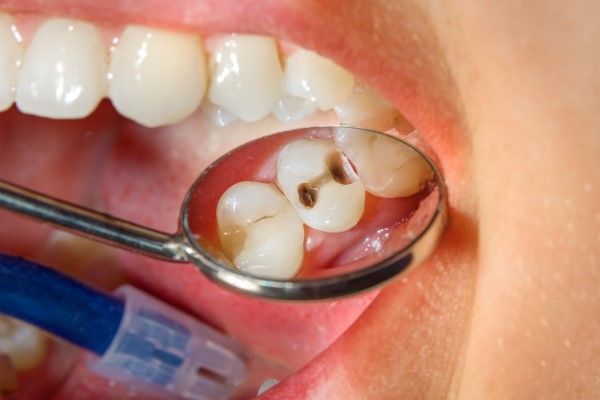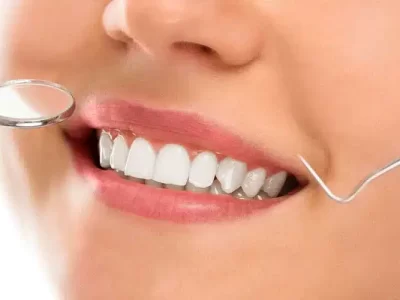The Sugar Land dentist and their team are well-equipped and experienced to offer you state-of-the-art technology in dental practice. They help provide premium quality composite fillings to camouflage dental imperfections like discoloration, staining, gaps, and mildly decayed teeth.
Let’s explore these aesthetic restorations further to make informed decisions.
Why are composite fillings used?
Composite fillings have a variety of uses, including:
- Repairing teeth damaged by decay or cavities
- Replacing old or damaged fillings (e.g., amalgam or gold)
- Restoring chipped or cracked teeth
- Closing small gaps between teeth (diastema closure)
- Enhancing tooth color and shape (cosmetic purposes)
- Repairing teeth worn down by grinding or erosion
- Protecting teeth from further decay or damage
- Supporting teeth with large fillings to prevent further decay
- Repairing teeth damaged by trauma (e.g., sports injuries)
- Aesthetic improvements (e.g., changing the shape or color of teeth)
Composite fillings are versatile and can be used on both front and back teeth, making them a popular choice for a range of dental restorations.
How are composite fillings offered?
Here is a detailed procedure for getting composite fillings:
Preparation:
- The dentist numbs the tooth and surrounding area with local anesthesia.
- A rubber dam is placed around the tooth to prevent bacteria and saliva from interfering with the procedure.
Decay removal:

- The dentist uses a drill or laser to remove the decayed portion of the tooth.
- The area is cleaned and disinfected to remove bacteria and debris.
Etching:
- The dentist applies a mild acid (etchant) to the tooth surface to create microscopic holes.
- This helps the composite material bond to the tooth.
Bonding agent application:
- A thin layer of bonding agent is applied to the etched tooth surface.
- This helps the composite material adhere to the tooth.
Composite material application:
- The dentist applies the composite material in layers, shaping and molding it to match the natural tooth contours.
- Each layer is hardened with a special light.
Shaping and polishing:
- The dentist shapes and polishes the filling to match the surrounding teeth.
- The filling is smoothed and buffed to a high shine.
Finishing touches:
- The dentist checks the bite and makes any necessary adjustments.
- The filling is polished again to ensure a smooth finish.
Follow-up:
- The dentist schedules a follow-up appointment to check on the filling and ensure it is functioning properly.
Note: The procedure may vary depending on the location and size of the filling, as well as the dentist’s personal technique and preferences.
What are the benefits of composite fillings over amalgam fillings?
The benefits of composite fillings over amalgam fillings include:
Aesthetics: Composites match the natural tooth color, while amalgam fillings are silver and noticeable.
Mercury-free: Composites are a safer alternative to amalgam fillings, which contain mercury.
Bonding: Composites bond directly to the tooth, strengthening it, while amalgam fillings require more tooth preparation.
Versatility: Composites can be used on both front and back teeth, while amalgam fillings are typically used only on back teeth.
Durability: Composites are resistant to wear and tear, while amalgam fillings can expand and contract with temperature changes, potentially causing cracks.
Conservation: Composites require less tooth preparation, preserving more of the natural tooth structure.
Health concerns: Some people are concerned about the potential health risks associated with mercury in amalgam fillings.
Longevity: Composites can last up to 10 years or more, while amalgam fillings typically last 5-7 years.
Repairability: Composites can be repaired if damaged, while amalgam fillings often require replacement.
Cosmetic enhancements: Composites can improve tooth shape, color, and overall appearance, while amalgam fillings do not.
Overall, composite fillings offer a more natural, durable, and versatile solution for tooth restoration compared to amalgam fillings.













Comments